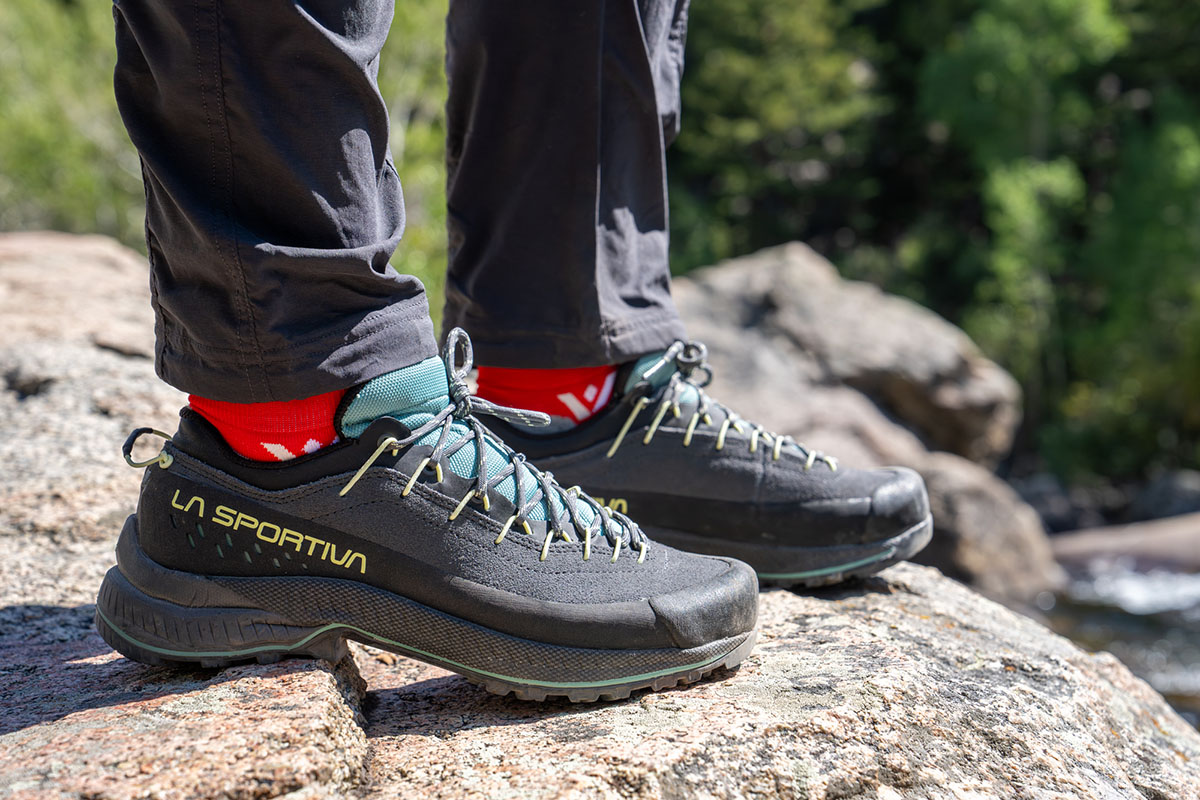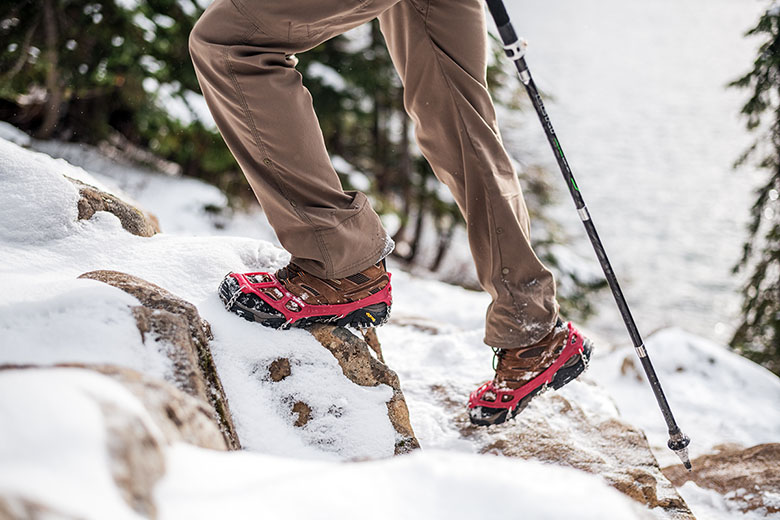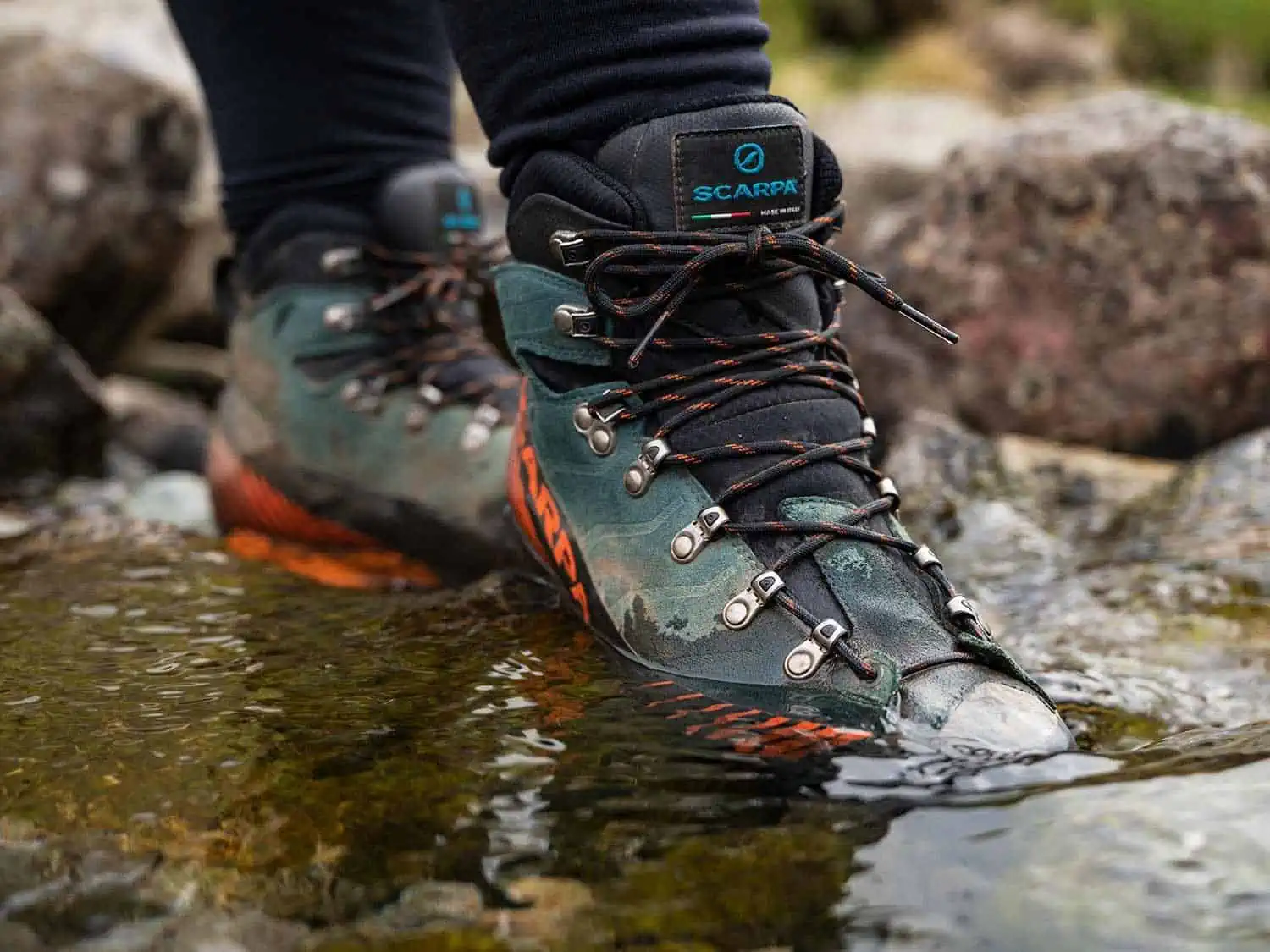Key Features to Look for in Men's Light Hiking Shoes: The Ultimate Guide

When preparing for an outdoor adventure, choosing the right pair of shoes is one of the most crucial decisions you'll make. Whether you're planning a light hike through local trails or embarking on a weekend adventure in the great outdoors, your hiking footwear will play a key role in your comfort, safety, and overall experience. Men’s light hiking shoes are designed to offer a combination of comfort, durability, and agility, perfect for moderate trails and lighter terrain. With countless options available, it can be overwhelming to select the right pair.
This guide breaks down the key features you should look for to ensure you choose the best men’s light hiking shoes for your needs.
1. Comfort and Fit: The Foundation of Your Hiking Experience

One of the most important factors when choosing hiking shoes is comfort and fit. A well-fitting shoe is crucial for avoiding discomfort, blisters, and foot fatigue during long hikes. Men's light hiking shoes should provide adequate space for your toes to move, while offering a snug fit around the heel to prevent slipping.
When shopping for hiking footwear, prioritize shoes with a comfortable insole and cushioning. Adjustable laces or quick-lace systems are also highly recommended, as they allow you to customize the fit to suit your foot shape. For the best fit, always try on shoes with the socks you plan to wear during your hike to ensure maximum comfort.
2. Breathability: Keep Your Feet Dry and Comfortable

When hiking, your feet can sweat due to prolonged physical activity. Overheating and moisture buildup can lead to blisters, fungal infections, and overall discomfort. For this reason, breathability is an essential feature to look for in hiking shoes.
Men’s light hiking shoes are often made with breathable materials like mesh uppers that promote airflow, helping to keep your feet dry and cool. This ventilation feature helps to regulate temperature, especially on warm days or during challenging hikes. Many shoes also come with moisture-wicking linings that draw sweat away from the skin, further reducing the risk of irritation.
By ensuring breathability, your shoes will help maintain foot health and prevent blisters, making your hike more enjoyable.
3. Durability: Built to Handle Rugged Terrain

Even though light hiking shoes are designed for moderate trails, they still need to be durable enough to withstand various terrains. Whether you're walking through rocky paths or across muddy fields, your shoes should be able to handle the rough conditions.
Look for hiking shoes with durable rubber outsoles, as rubber is known for its ability to grip surfaces while withstanding wear and tear. Additionally, shoes with reinforced toe caps offer extra protection for your feet, especially when navigating rocky or root-filled trails. Reinforced areas in high-wear spots increase the overall longevity of the shoes, making them an excellent investment for frequent hikers.
4. Traction: Stay Steady on Slippery or Uneven Surfaces

Good traction is key to preventing slips and falls on challenging terrains. Whether you’re hiking in wet conditions, on loose gravel, or up a steep incline, your shoes need to maintain a strong grip on various surfaces.
The outsole tread pattern plays a significant role in the traction of your hiking shoes. Shoes with deep lugs or aggressive tread patterns provide enhanced grip, which is especially useful for hiking on slippery, uneven, or rocky surfaces. If you’re hiking on snowy or icy trails, consider shoes designed with more specialized outsoles or even built-in spikes to ensure maximum stability.
A high-traction shoe is one of the most important features for ensuring safe and smooth hikes.
5. Weight: Lightweight Shoes for Better Agility

Light hiking shoes are specifically designed to offer a lightweight and flexible option for hikers who don’t need the bulk of traditional hiking boots. The goal is to maintain mobility, so choosing a shoe that’s light enough to keep you agile while still providing the necessary support is crucial.
When choosing men’s light hiking shoes, opt for lightweight materials that reduce foot fatigue without sacrificing comfort or protection. This is especially important if you plan to hike for extended periods. Lighter shoes make it easier to navigate trails and move quickly when necessary, allowing you to focus on the experience rather than your footwear.
While you want a lightweight shoe, make sure that the shoe’s cushioning, arch support, and durability are not compromised. The perfect hiking shoe should strike the right balance between weight and performance.
6. Water Resistance: Stay Dry in Wet Conditions

Water-resistant footwear is an excellent feature to look for, especially if you’re hiking in an area where rain or moisture is common. Water-resistant or waterproof shoes prevent water from soaking into the shoes and causing discomfort or blisters.
Shoes equipped with waterproof membranes like Gore-Tex keep your feet dry by allowing sweat to escape while keeping water out. However, if you don’t plan on hiking through deep streams or heavy rain, water-resistant shoes may be sufficient for lighter conditions. Always assess the weather conditions you’ll be hiking in to determine whether waterproof shoes are necessary.
Water resistance helps ensure that your feet stay comfortable and dry, even in wet conditions, allowing you to stay focused on your hike.
7. Style and Versatility: Look Good and Perform Well
While functionality is essential, there’s no reason why hiking shoes can’t look great too. Many men’s light hiking shoes are designed to be both stylish and practical, making them suitable for both outdoor adventures and everyday wear.
When selecting hiking shoes, consider a style that complements your personal preferences while also offering all the necessary performance features. Some shoes are designed with a sleek, modern look that transitions well from the trail to casual outings. Versatile shoes allow you to get the most use out of your footwear, whether you're exploring nature or running errands in the city.
A well-designed, stylish pair of light hiking shoes can improve your confidence and ensure that you're ready for whatever the day throws at you.
8. Additional Features: Extras for Enhanced Comfort
Some men’s light hiking shoes come with additional features that can boost overall comfort. Consider shoes with cushioned insoles for added support, arch support for better alignment, and ankle collars for extra comfort and stability. Some shoes also offer odor-resistant linings, which can help keep your feet fresh during long hikes.
Conclusion: Find the Best Men's Light Hiking Shoes for Your Needs
Choosing the right pair of men’s light hiking shoes is essential for ensuring comfort, safety, and optimal performance on moderate trails. By considering the key features such as comfort and fit, breathability, durability, traction, weight, water resistance, and style, you can find the perfect pair for your next hiking adventure.
Remember, the right hiking shoes will not only make your hike more enjoyable, but they will also protect your feet, ensuring you stay safe and comfortable from start to finish. When shopping for light hiking shoes, take your time to find a pair that offers the best balance of these features. With the right shoes, you can enjoy your outdoor adventures with confidence.
For more detailed advice on choosing hiking shoes for different types of terrain, check out our complete guide on selecting footwear for all kinds of trails.



